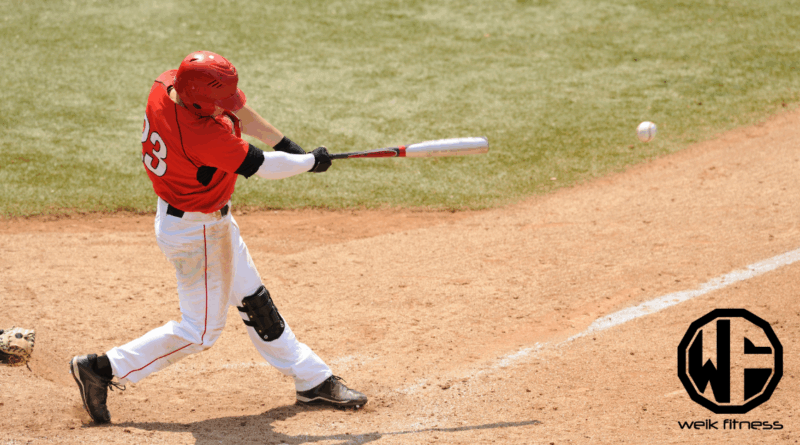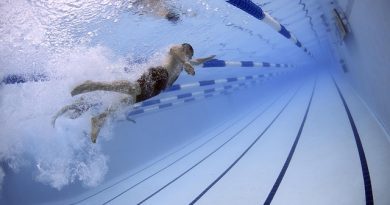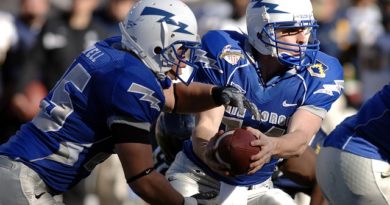Youth Baseball Hitting Drills to Improve Your Play
For some, hitting a baseball can be difficult. And let’s be real… striking out hurts. Many youth baseball hitters miss the sweet spot in batting practice. A focused plan of baseball hitting drills can fix your swing, elevate your game, and build real confidence.
The key to hitting the ball effectively is to work on the core skills first. Tee work, soft toss, and front toss sharpen bat speed, timing, and contact. The combination of being able to set up a tee to work on a specific set of drills and then moving toward implementing a pitcher can make all the world of difference.
Using a tee may seem like a player is “going backwards,” but trust me, even the pros I’ve worked with use a tee regularly in their training and practice. Specific tee drills focus on mechanics and help get you dialed in.
RELATED: Wilson A2000 — The Best Infield Wilson Baseball Glove?
As a youth baseball coach, I hear the moans and groans every time we get out the tee. But the fact is, it’s a great training tool.
Additionally, as a certified strength coach and sports nutritionist, I’ve been able to see firsthand how both college and MLB players who were clients of mine find their swing again after a slump by implementing tee work and getting back in the groove.
In this guide, I’m going to teach step-by-step drills that build muscle memory, hand-eye coordination, weight transfer, and a powerful swing for any hitter.
Ready to turn weak at-bats into loud line drives? Let’s “tee” this one up and get started.
Disclaimer: This article is for informational purposes only and is not meant to treat or diagnose any condition. It is recommended that you speak with your doctor before starting any exercise program, changing your daily nutrition, or adding any supplements to your regimen.
Key Takeaways
- Tee work, soft toss, and front toss improve bat speed, timing, and contact for youth baseball hitters.
- Medicine ball throws, used for 12 weeks, can increase swing power and bat speed.
- Weighted bats build hand, forearm, and shoulder strength. Alternating heavy and light bats sharpens swing velocity.
- Utilize one-handed tee swings, resistance bands, and a weighted training bat for faster hands.
- Multi-ball tosses and location drills with three tees train vision, reaction time, and smarter pitch selection.
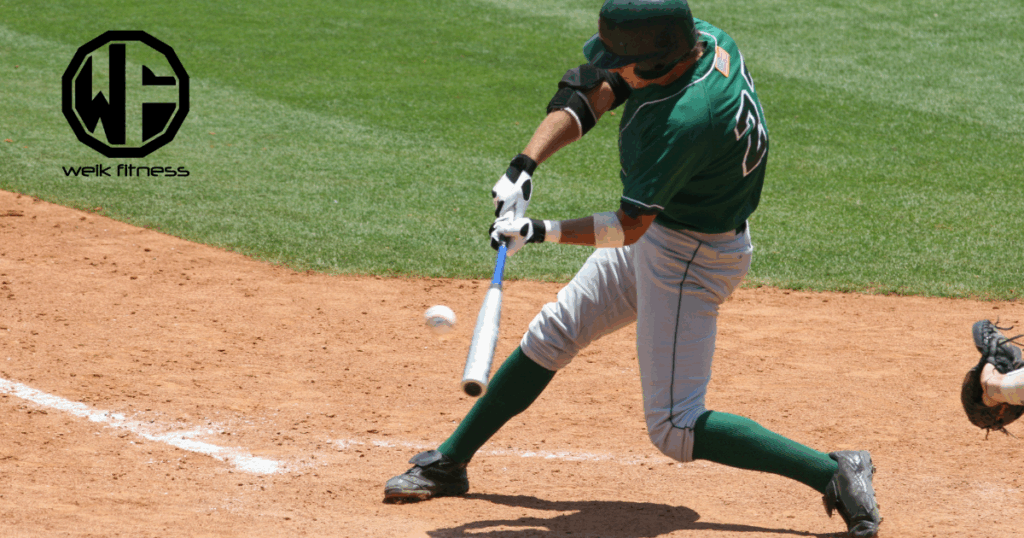
Fundamental Hitting Drills
Every swing starts with solid basics: your load position, grip, and lower half must work together. Load position means the ready stance before the bat moves. The lower half is your hips and legs driving the swing.
These drills help you find a proper launch position and learn to drive through the ball off the tee with control in the batter’s box.
How Does Using a Tee (High Tee and Low Tee) Improve Swing Mechanics?
Setting up a batting tee lets you focus on stance, swing path, and contact point without a moving pitch. Swing path is the route the bat travels to the ball. Contact point is the exact spot where the barrel meets it. Using the one-handed tee drill (the Hitting Vault has a great video) builds top hand and bottom hand strength, which helps control the knob of the bat throughout the swing.
Break the motion into parts. Aim for the middle of the plate, and keep the back foot and back shoulder lined up. With no live pitch to track, it is easier to groove a repeatable move and hit the ball cleanly.
Work opposite-field tee drills to train extension. Place a high tee near home plate for top-of-zone swings, and set another tee deeper to practice inside pitches. These moves teach balance at contact and reduce an uppercut or a lunge from the lower half.
A two-tee inside-out station keeps the hands close to the body. It helps you handle tight inside pitches like José Altuve does in Major League Baseball. Use a deep tee to practice catching the ball later, which pays off against live pitching or a pitching machine during offseason training.
Tee routines let you study mechanics, improve weight transfer from the back leg to the front foot, and dial in timing before live action.
What Forearm Drills Increase Bat Speed?
Wrist curls build flexible wrists and stronger hands for more control. Use a dumbbell or a heavy bat for added challenge. A wrist roller targets the forearms, the engines that snap the barrel through the zone.
Resistance bands are great, too. They train both arms each rep and improve bat speed at the point of contact. I have three favorite baseball hitting drills for faster hands: one-handed tee swings, band work for strength, and practice with a weighted training bat.
One-handed tee swings teach balance and isolate each hand’s job. Keep these in the weekly plan until a faster move feels natural. The payoff shows up against faster pitches, offspeed pitches, and the occasional curveball.
Hitting Drills to Build Power and Strength
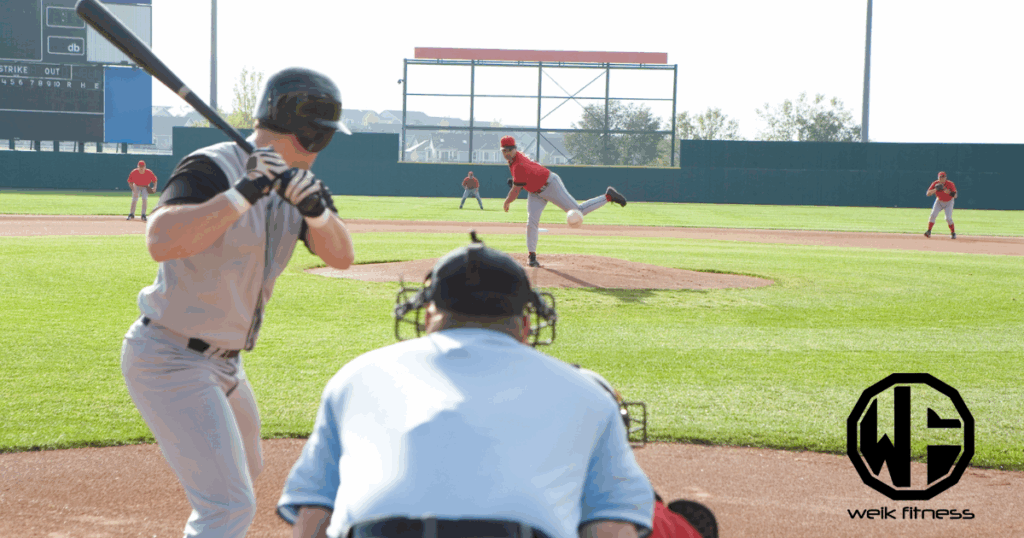
If you want to send one over the green monster, you need strength. Focus on drills that let the back hip and front leg drive the barrel. A bigger ball for training and weighted bats can add resilience and force to every swing.
How Can Medicine Ball Throws Enhance Hitting Power?
Medicine ball throws build core strength and boost rotational power. Rotational power is the quick turn of the hips and trunk that launches the bat. These throws match the explosive move of a real baseball swing. The Medicine Ball Scoop Throw, shown in a short video, is a top pick for hitting the ball harder and farther.
Studies on high school players show 12 weeks of medicine ball work can raise bat speed. Use different ball weights to suit age and skill. Practice often, and teach the body to move fast while staying strong through contact.
Keep the back hip loaded as you throw, just like setting the hitter’s back foot during a swing. More power means more hits to the gaps and better chances to drive in runners.
What Are the Benefits of Using Weighted Bats?
Weighted bats build strength and power in the swing. Heavier bats make the hands, arms, and shoulders work harder. Over time, those muscles grow stronger, which can raise bat speed and add distance on fastballs to the outfield.
Alternate a heavy bat with a lighter one to sharpen hand speed and swing velocity. This contrast trains quickness without losing control. Weighted bats also help target weak spots in your mechanics.
RELATED: Best Baseball Workouts — Strength Training & Exercises
Players like Adley Rutschman chase more pop through tracking tools and step-by-step instruction.
Mix different weights to train strength and quickness, reduce strikeouts, and find more barrels up the middle or to opposite fields.
Strong hands let you whip any pitch, like Mookie Betts with his quick bat.
Timing and Vision Improvement Hitting Drills
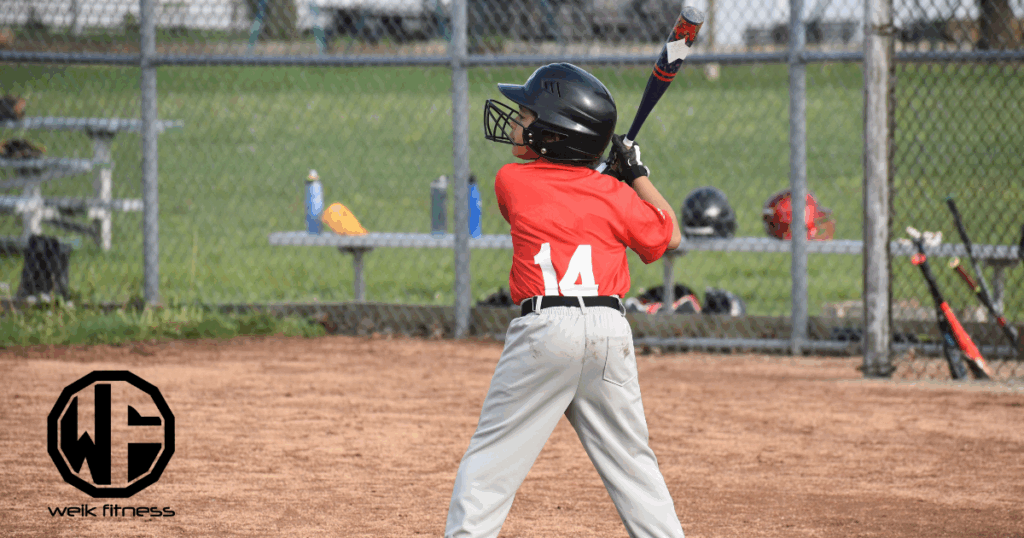
Hitting fast pitching takes sharp eyes and calm rhythm. These drills help you track trajectory, then square up at the contact point, just like José Altuve reading a pitch from the mound.
How Does Soft Toss Help Improve Timing?
Soft toss builds the timing needed for live pitching. A partner stands to the side and tosses the ball underhand into your zone. The slow pace lets you see it early, load, and drive line drives with balance.
Take a breath between reps and plan the next swing. Coaches often use mini, rubber, or foam balls to fine-tune hand-eye coordination. Consistent reps build rhythm and confidence at the plate.
Clear feedback after each swing helps lock in a repeatable move. Soft toss is one of the best baseball hitting drills for quick gains in timing and control against heat or a well-spun curveball.
Why Use Front Toss Hitting Drills to Enhance Vision?
Front toss improves game-like tracking. A partner tosses underhand from behind a screen, sending pitches into your hitting zone. Each throw trains your eyes to read speed and spin.
RELATED: How To Minimize the Risk of Common Baseball Injuries
Watch the ball early, then tee and hit the ball with smooth mechanics. Mix front toss with tee work and soft toss during practice. Quick feedback after each rep helps you adjust timing or rhythm right away.
Players at any level see better tracking, faster reactions, and more barrels to all fields. The sweet spot shows up more often once your eyes and swing work together.
What Weight Shift Drills Prevent Lunging?
Three simple drills fix lunging and improve control. The Babe Ruth drill teaches a coiled stance on the back leg. Stay patient, then let the front side land strong as you swing off a tee or during soft toss.
Next, use the crossing foot drill. Start with feet together, cross the front foot over the back foot, then swing through a low tee. This drill forces the core to lead instead of the arms.
In team practice, try the crate drill. Place a crate under the lead foot so you cannot land early. Now you must load on the back foot and transfer weight on time.
These drills build habits that carry into games. Expect stronger, more consistent contact once the lower half leads the bat.
Advanced Hitting Drills for Consistency
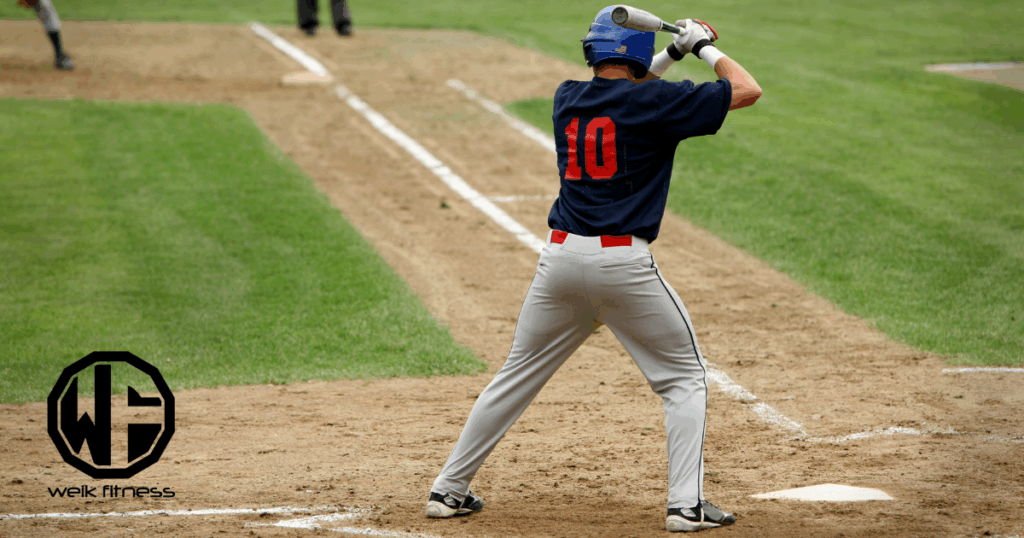
Sharpen advanced skills with focused batting practice. Switching soft toss types and tracking inside or outside pitches prepares you for tough locations. Mastering these moves leads to more walks, smarter base-running, and better execution on hit-and-runs or sacrifice bunts.
What Is the Multi-Ball Toss Drill and How Does It Help?
The Multi-Ball Toss Drill uses two balls in different colors. A coach calls a color, then tosses both at once. Your job is to react, track the right ball, and square it up.
Stay balanced and keep your weight back as you swing. Coaches vary height to teach fast adjustments. Go for 10 reps per set, then switch. Fielders can join to add game pressure and speed up decision-making.
How Can You Track Inside and Outside Pitches Effectively?
Use the 3 Plate Drill to train location. Place three home plates in a row, each with its own tee and ball. Start at the furthest plate, swing, then move closer toward the mound.
This setup forces quick changes in stance and swing path for inside, outside, high, and low pitches. Many players improve timing within a few sessions.
Try two-ball toss drills as well. Toss two balls into the strike zone, one inside and one outside, then call which one to hit. This improves focus and reactions against live pitching speeds.
Switch tees and distances to mimic real games. You will read pitches better and adjust to any speed or angle, whether swinging or bunting, even while teammates are stealing bases.
Start Using the Best Baseball Hitting Drills to Improve Your Batting
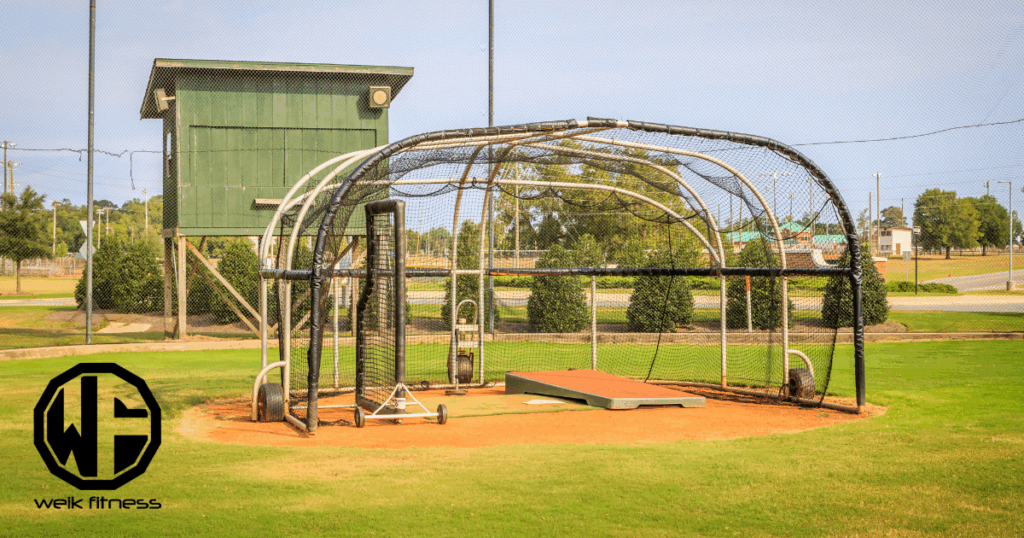
Solid hitting takes practice, patience, and the right plan. Use tee work, soft toss, front toss, and focused stations like the Flamingo Drill to improve swing mechanics. Add medicine ball throws for power. Rotate weighted bats to build strength and raise bat speed.
RELATED: Baseball Nutrition Guide — What Should Baseball Players Eat?
Track both inside and outside pitches. Aim to drive the ball to the opposite-field with confidence. Print these baseball and softball drills for team days or solo sessions during the offseason. Train with purpose, stay consistent, and your play will climb fast.
Safety note: Use a protective screen for front toss, wear helmets, and get help from a qualified coach if unsure about form.
Interested in some of the hottest USA and USSSA approved bats on the market? Here are some of the top rated:
- Easton Hype FIRE
- Louisville Slugger Supra
- Easton The Dub
- Rawlings ICON
- Marucci CATX
- Warstic Bonesaber
- Louisville Slugger Select PWR USA
- Victus Vibe Pencil Bat
Hitting Drills FAQs
Using another tee lets players practice different swing angles and ball heights. This drill builds muscle memory, sharpens focus, and helps hitters adjust to pitches in various locations.
Deadlifts and squatting build core strength, power, and balance. These moves support explosive swings at the plate, giving every hit more force while improving overall athletic performance.
Practicing opposite-field drills with toss the ball routines trains batters to react quickly to outside pitches. It also teaches control over where they send the ball, making them tougher outs during games.
Hitting Drills References
- https://gorout.com/baseball-hitting-drills/
- https://ballparksofamerica.com/swing-faster-hit-harder-home-drills-to-increase-bat-speed-for-youth-baseball-players/
- https://coachtube.com/baseball/articles/although-much-of-success-in-baseball-comes-down-to
- https://www.researchgate.net/publication/6153234_Effect_of_Twelve_Weeks_of_Medicine_Ball_Training_on_High_School_Baseball_Players
- https://www.drivelinebaseball.com/2021/10/7-reasons-to-try-weighted-baseballs-for-hitting/
- https://gorout.com/youth-baseball-hitting-drills/
- https://sluggertraining.com/blogs/blog/the-power-of-soft-toss-training
- https://blog.tannertees.com/drills/3-hitting-drills-to-stop-lunging.html
- https://coachesinsider.com/softball/multi-ball-hitting-drill-article/


*Disclosure: This article may contain affiliate links or ads, which means we earn a small commission at no extra cost to you if you make a purchase through these links. These commissions help support the operation and maintenance of our website, allowing us to continue producing free valuable content. Your support is genuinely appreciated, whether you choose to use our links or not. Thank you for being a part of our community and enjoying our content.
PLEASE CONSIDER SHARING THIS ON YOUR SOCIAL MEDIA TO HELP OTHERS LEARN MORE ABOUT THIS TOPIC.


